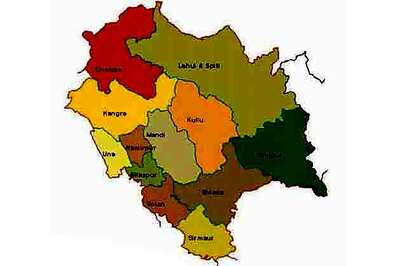
views
Dogs can experience acid reflux, often known as (GERD) gastroesophageal reflux disease. It happens when stomach acid leaks back into the oesophagus, irritating and inflicting pain. Dogs who have acid reflux may exhibit symptoms like vomiting, regurgitation, and swallowing issues. Hence, here’s a look at what is acid reflux in dogs and tips on how to cure them.
What Is Acid Reflux In Dogs?
Acid reflux occurs when gastric or intestinal fluid rises from the stomach and enters the oesophagus, which is the tube that connects to the mouth. To block the flow of acid, the sphincter at the stomach where the oesophagus attaches should be closed. The sphincter, however, is open in acid reflux or gastroesophageal reflux disease (GERD), which permits acid to pass into the oesophagus.
Acid’s corrosive nature can harm the lining of the oesophagus and cause inflammation, discomfort, and damage. Due to their shorter oesophagus, brachycephalic breeds like pugs are especially susceptible to it.
Regurgitation or acid reflux should not be confused with vomiting, which occurs when your dog compresses his abdomen, experiences many contractions, and wretches to force food out. In contrast, acid reflux or regurgitation occurs suddenly. When liquids enter the oesophagus, your dog rapidly brings his stomach contents to the top of his throat.
Precautions
1. Choose a high-quality, easily digestible diet
Giving your dog food with premium, quickly absorbed nutrients can aid in lowering the incidence of acid reflux. In order to lower the chance of digestive problems, look for a diet that is designed for those with sensitive stomachs and uses few ingredients.
Also Read: Here’s Why You Need To Do Away With Friends Who Pull You Back This New Year
2. Avoid foods that are high in fat
Due to their difficulty in digestion, fatty foods may make acid reflux more likely. Feeding your dog foods high in fat, such as fatty meat cuts or high-fat snacks, is not recommended.
3. Avoid foods that are high in acid
Acid-rich foods like citrus fruits and tomatoes can make acid reflux symptoms worse. Avoid giving your dog these kinds of food.
4. Consider small, frequent meals
Smaller meals given more often throughout the day can lower your dog’s risk of acid reflux. This is because the body can more easily digest smaller meals, which can help lower the risk of acid reflux.
5. Never feed your dog right before or right after exercise
The best course of action is to avoid feeding your dog right before or right after exercise because this can raise the risk of acid reflux. After working out, you should wait at least one hour before feeding your dog.
6. Don’t give your dog food from an elevated bowl
As the dog may swallow more air when eating from raised bowls, it may increase the risk of acid reflux. Instead, feed your dog from a bowl that is level with the ground.
7. Consult your veterinarian
It is crucial to speak with your veterinarian if you are unclear about what to feed your dog who has acid reflux. Based on the unique requirements of your dog, they may suggest a particular food or other advice.
The optimum course of action for treating your dog’s acid reflux should be decided in coordination with your veterinarian. To assist control of the disease, medication may occasionally be needed.
Read all the Latest Lifestyle News here




















Comments
0 comment